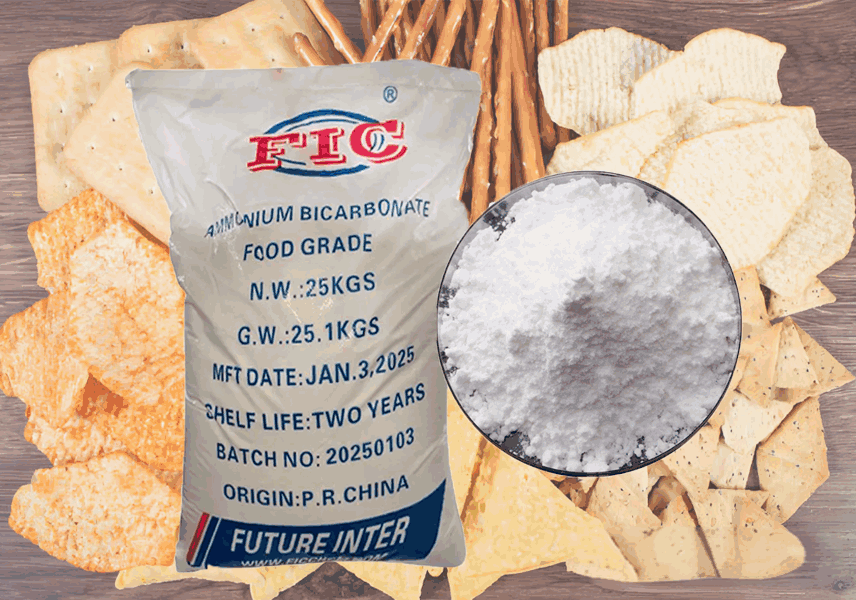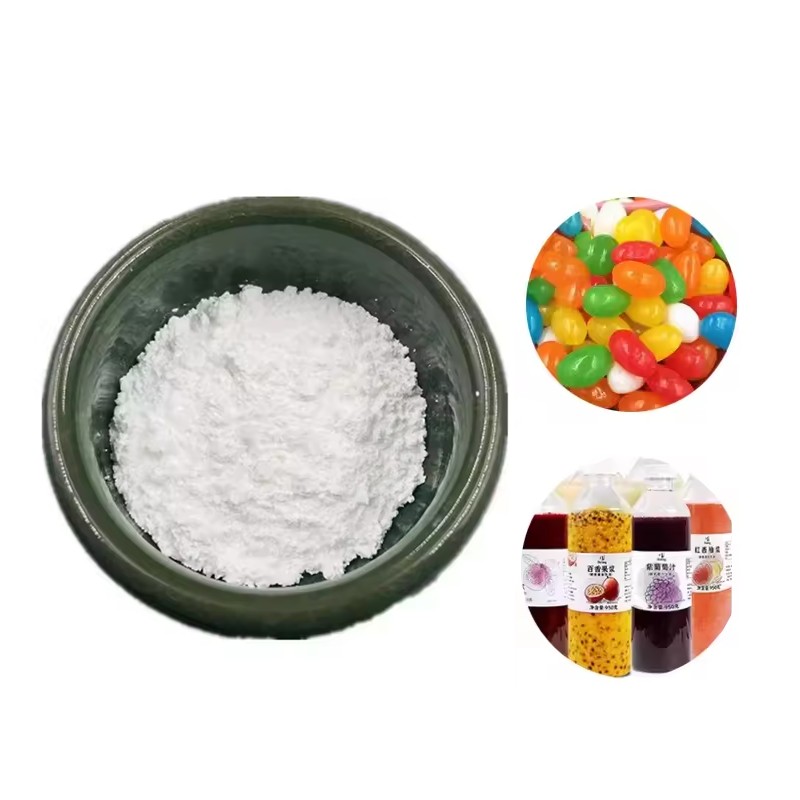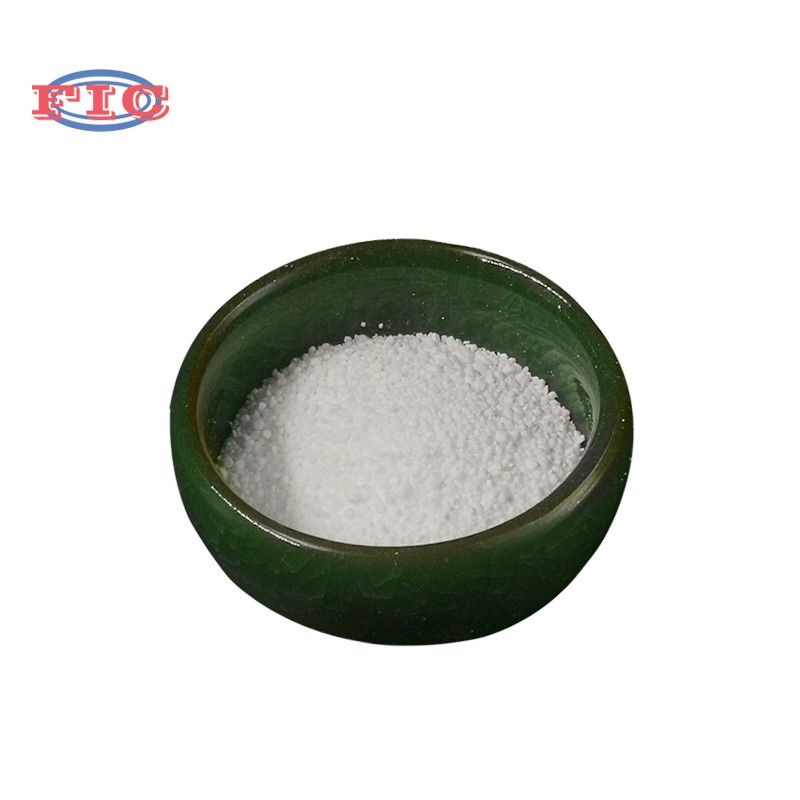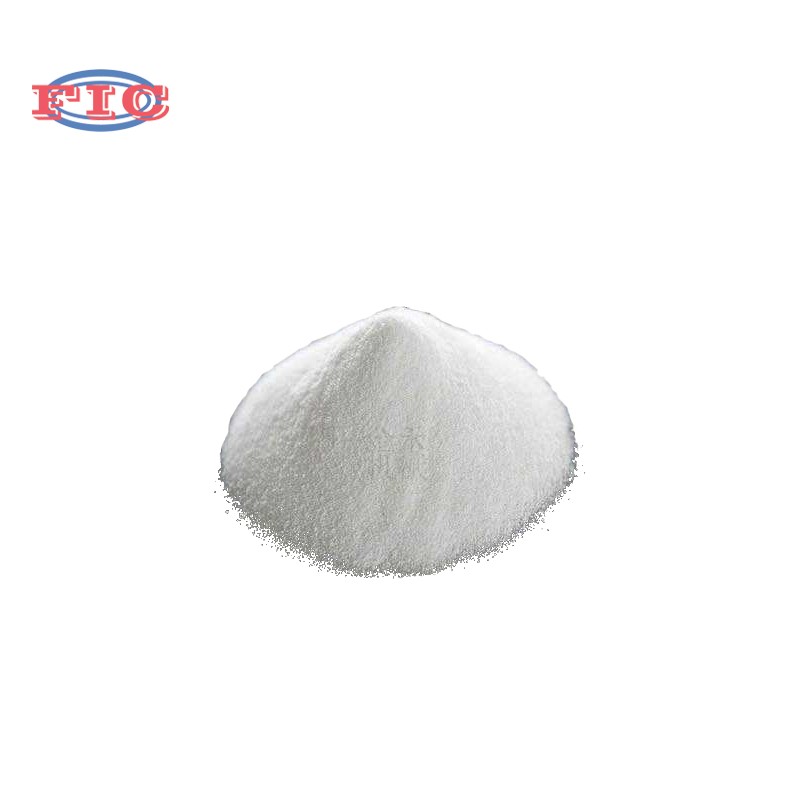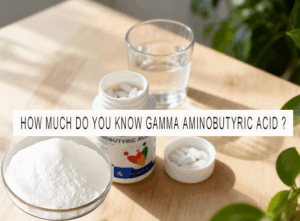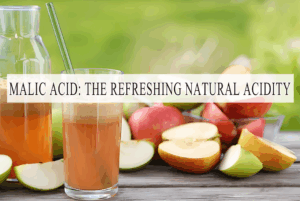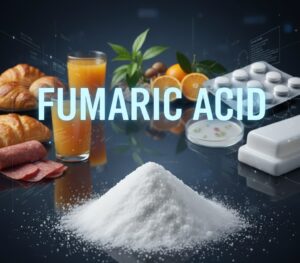I. Basic Characteristics of Ammonium Bicarbonate
Ammonium bicarbonate, with the chemical formula NH₄HCO₃, is a white crystalline powder with a faint ammonia odor. This compound is highly soluble in water, forming a weakly alkaline solution. It remains relatively stable at room temperature but decomposes readily when heated. At around 60°C, it begins breaking down into ammonia gas, carbon dioxide, and water vapor—a property that makes it invaluable in food processing.
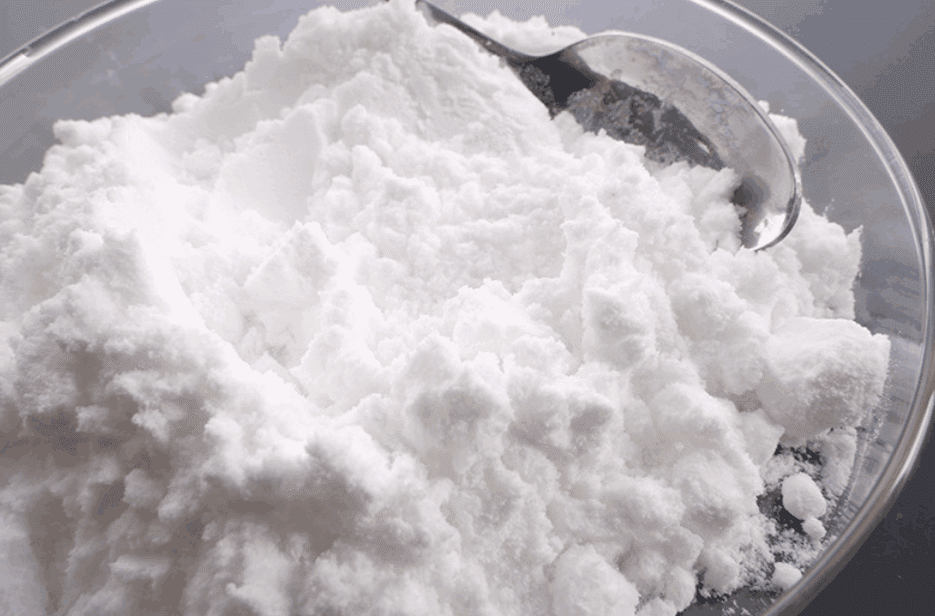
II. Applications in the Food Industry
Ammonium bicarbonate is widely used in the following foods:Cookies、Certain pastries、Fried foods
Notably, ammonium bicarbonate is generally unsuitable for high-moisture or large-volume baked goods, as residual ammonia may not fully dissipate, leaving an undesirable odor. In modern food production, it is often combined with other leavening agents like sodium bicarbonate or phosphates to optimize performance and texture.
III. Advantages and Disadvantages
As a classic food additive, ammonium bicarbonate offers significant benefits:
Highly effective leavening: Produces a large volume of gas per unit mass, ensuring excellent expansion.
Cost-effective: More affordable compared to composite leavening agents.
Color-neutral: Decomposition products are colorless, preventing discoloration.
Long history of use: Proven technology with stable and reliable results.
However, it also has limitations:
Limited applicability: Unsuitable for high-moisture baked goods.
Potential odor issues: Improper use may leave residual ammonia.
Low nutritional contribution: Unlike yeast, it does not enrich food with B vitamins.
PH impact: May alter food acidity, requiring recipe adjustments.
IV. Industry Applications and Future Trends
Ammonium bicarbonate remains widely used in products like crackers and crisps. However, with growing consumer demand for clean-label products, some premium brands are switching to yeast or baking powder alternatives. Yet, in applications requiring specific textures, ammonium bicarbonate remains irreplaceable.
Future trends are moving in two directions:
Optimized formulations: Food scientists are developing better blends to reduce usage while maintaining effectiveness.
Natural alternatives: Exploring naturally derived ammonium salts to meet clean-label requirements.
Regardless, ammonium bicarbonate will continue to hold a significant place in the food additive industry for the foreseeable future.
